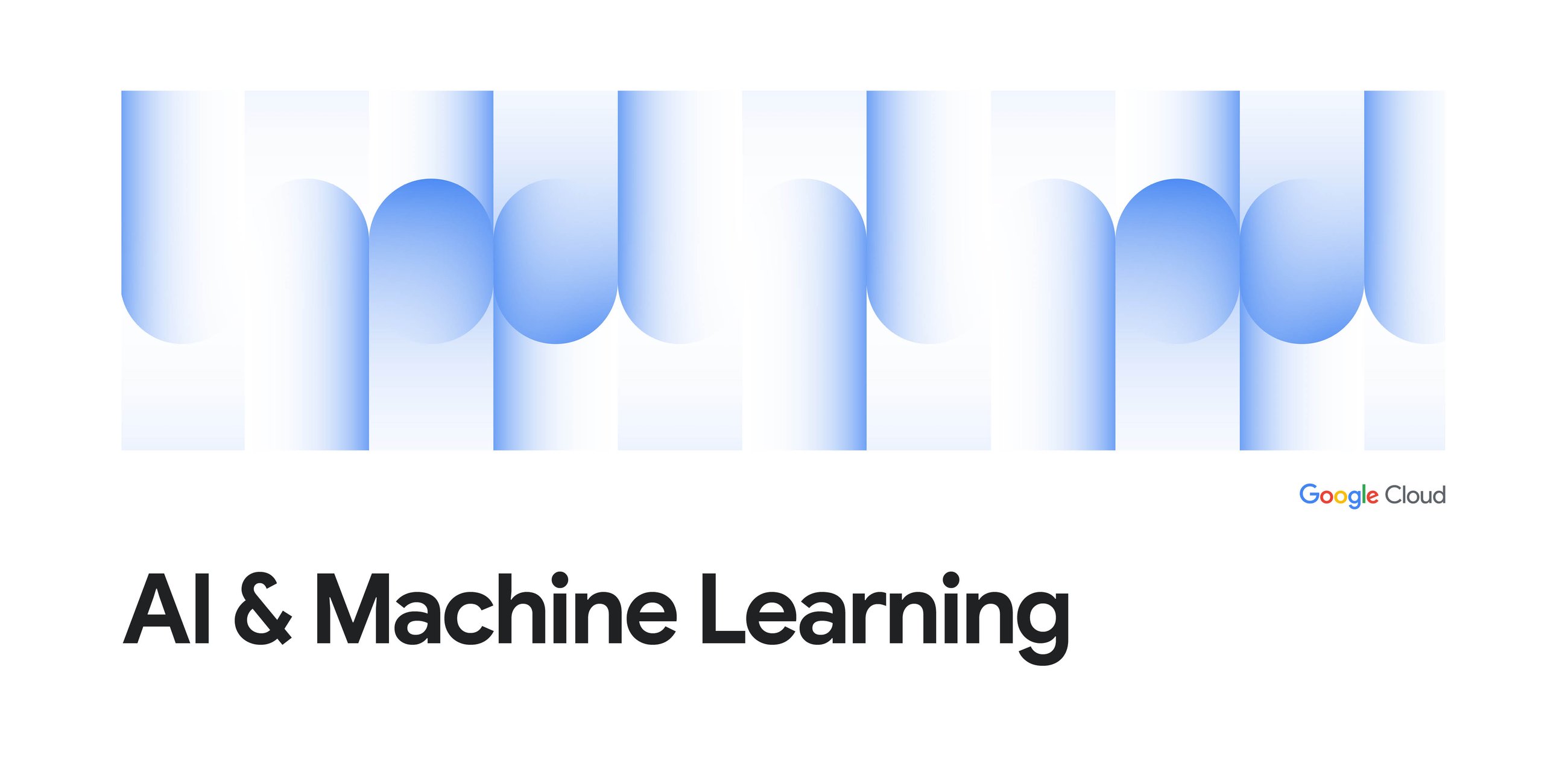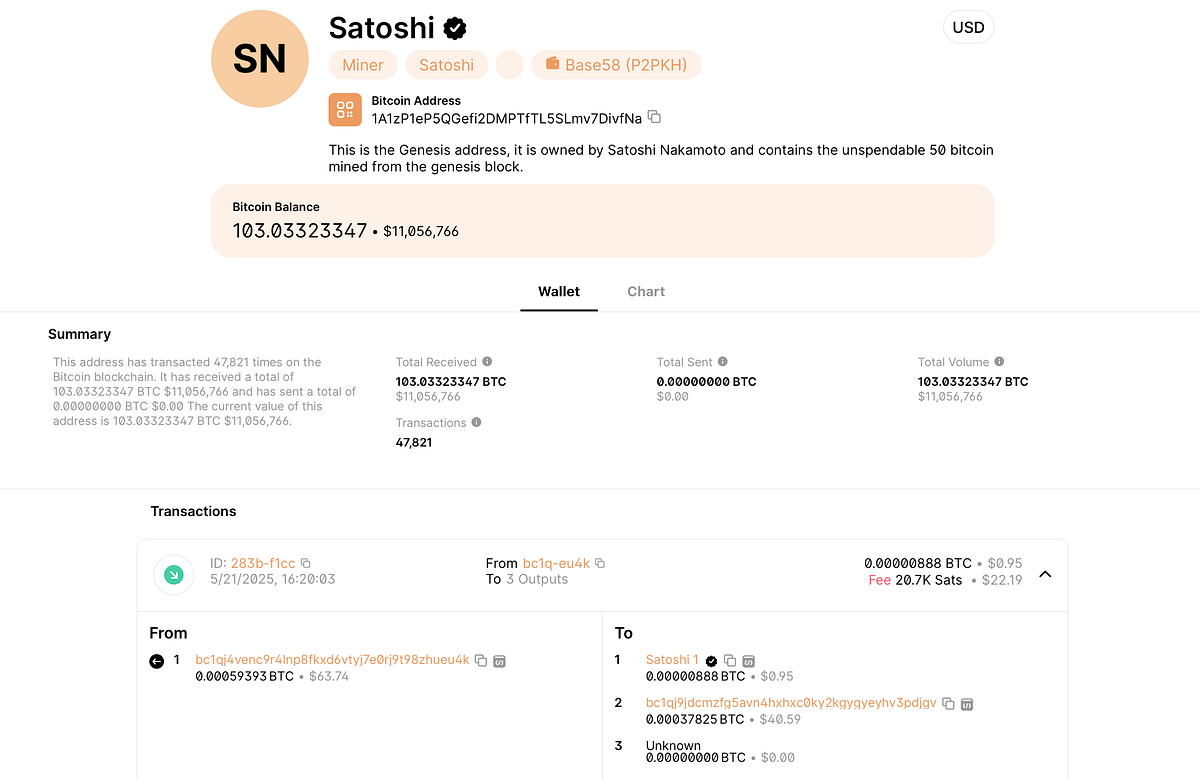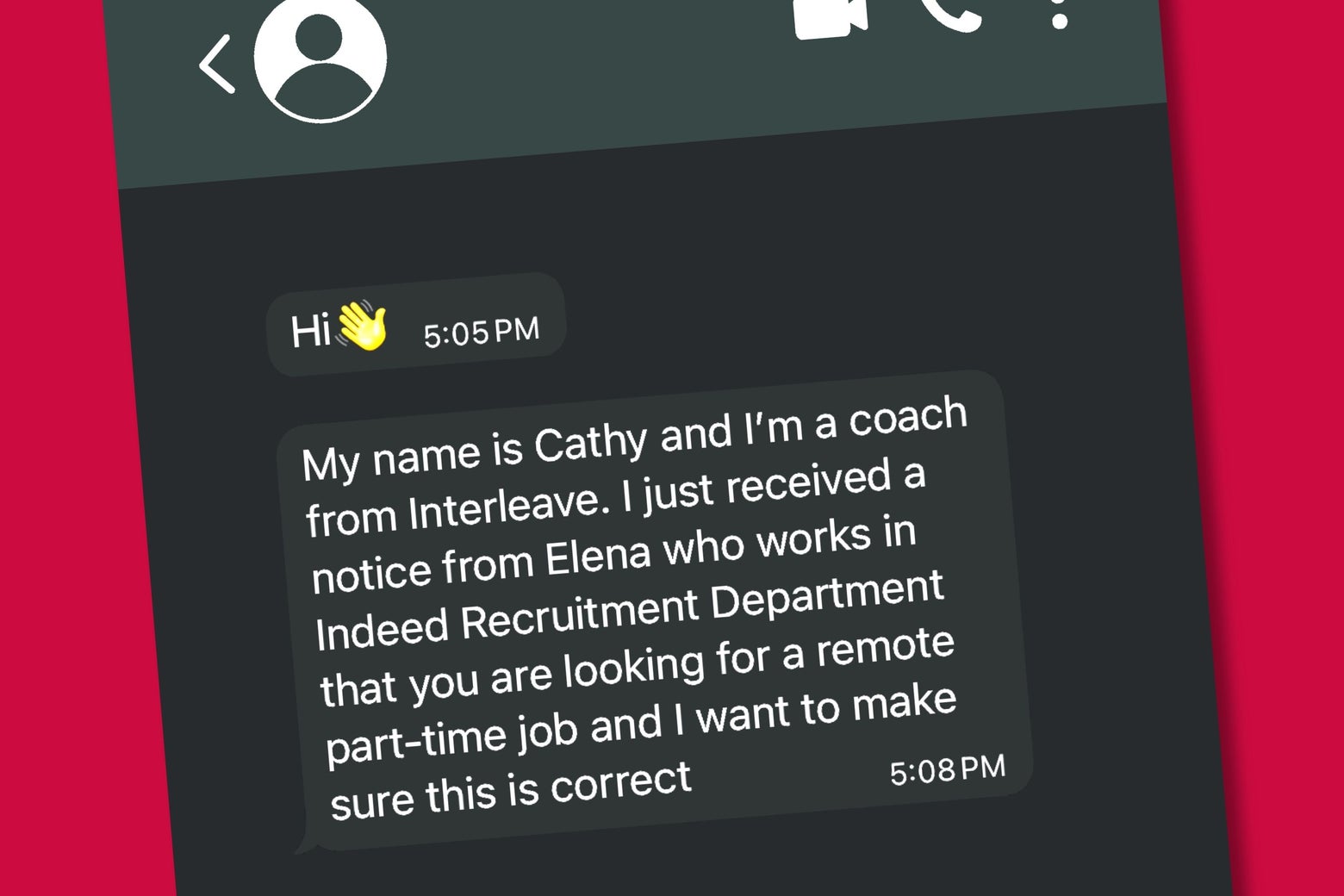
Your guide to taking an open model from discovery to a production-ready endpoint on Vertex AI
Developers building with gen AI are increasingly drawn to open models for their power and flexibility. But customizing and deploying them can be a huge challenge. You're often left wrestling with complex dependencies, managing infrastructure, and fighting for expensive GPU access.
In this guide, we'll walk you through the end-to-end lifecycle of taking an open model from discovery to a production-ready endpoint on Vertex AI. In this blog post, we will use fine-tuning and deploying Qwen3 as our example, showing you how to handle the heavy lifting so you can focus on innovation.
So you’ve decided to use an open model for your project: which model, on what hardware, and which serving framework? The open model universe is vast, and the "old way" of finding the right model is time consuming. You could spend days setting up environments, downloading weights, and wrestling with requirements.txt files just to run a single test.
This is a common place for projects to stall. But with Vertex AI, your journey starts in a much better place: the Vertex AI Model Garden , a curated hub that simplifies the discovery, fine-tuning and deployment of cutting-edge open models. With over 200+ validated options (and growing!) including popular choices like Gemma, Qwen, DeepSeek, and Llama. Comprehensive model cards offer crucial information, including details on recommended hardware (such as GPU types and sizes) for optimal performance. Additionally, Vertex AI has default quotas for dedicated on-demand capacity of the latest Google Cloud accelerators to make it easier to get started.














